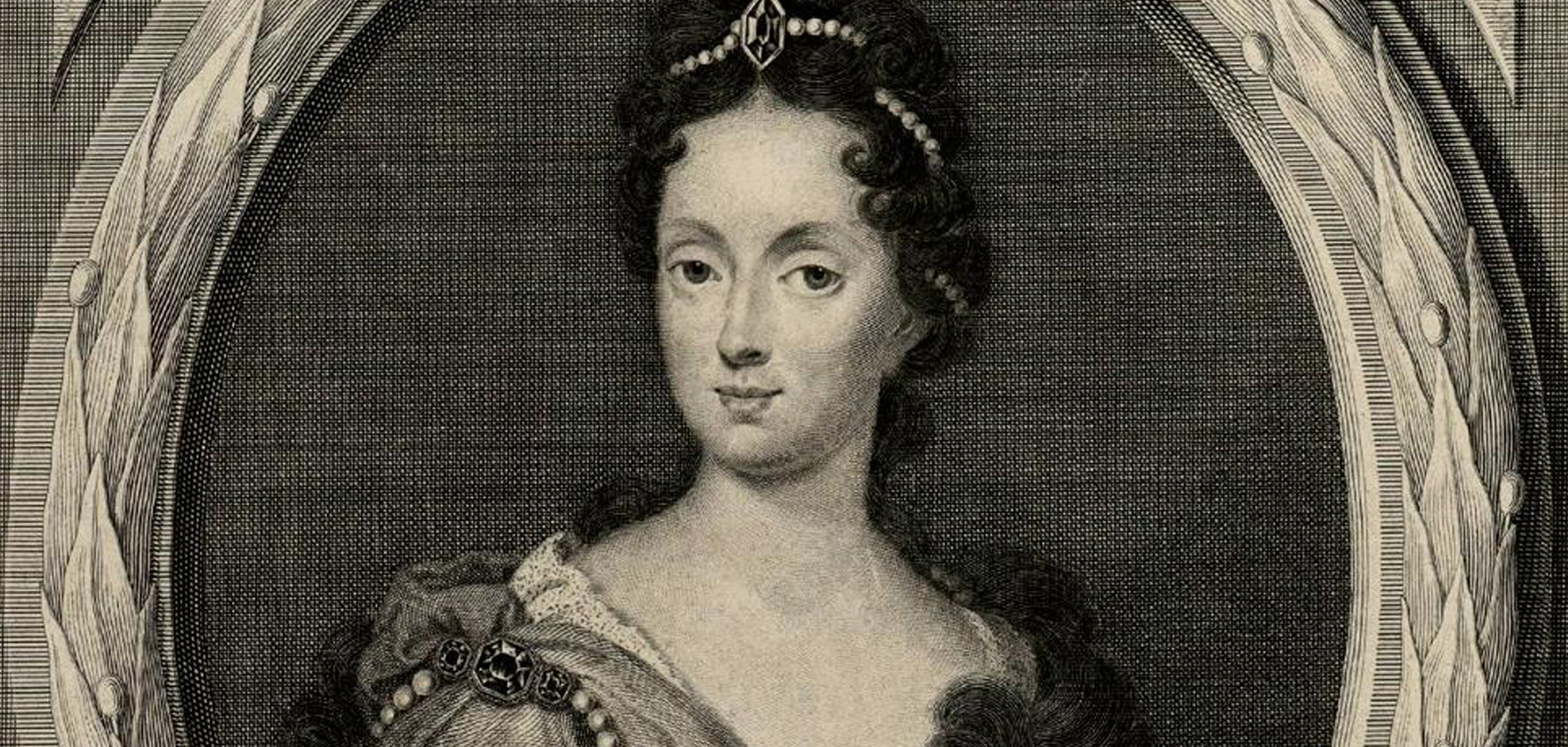
Anna Maria Luisa de Medici's legacy
On the 18th of February Florence celebrates a very special woman, the one to whom we owe the salvaging of our art heritage: Anna Maria Luisa dei Medici, also known as the Electress Palatine.
Anna Maria was the daughter of Cosimo III and Margherita Luisa d'Orleans. Theirs was a very unhappy marriage, but it did not prevent them from having three children: Ferdinando in 1663, Anna Maria Luisa in 1667 and Gian Gastone in 1671.
Anna Maria was a very intelligent girl who loved literature, art and music and by the age of 16 she had mastered Latin and most of the modern European languages.
Anna Maria Luisa became the Electress Palatine when she married Johann Wilhelm, Elector Palatine in 1691. She went to live in Düsseldorf with her husband where they had a very happy marriage, though they could never produce an heir.
Actively interested in the arts, while she lived in Germany, she facilitated artistic exchange between Florence and Düsseldorf and acquired many paintings. Upon her return to Florence in 1717, after the death of her husband, she also commissioned numerous works to Tuscan artists becoming a patron of the arts following the tradition of the Medici family.
In the meanwhile, her older brother Ferdinando, heir of the Grand Duchy of Tuscany, had contracted the syphilis and died in 1713, before ascending to the throne. Next in line of succession was Gian Gastone who succeeded his father in 1723 becoming Grand Duke of Tuscany.
At the insistence of her father, Anna Maria Luisa had helped arrange a marriage for her younger brother Gian Gastone. The marriage, due to the difference in temperament of the two spouses, ended very soon: Gian Gastone, who had a mild character and was openly homosexual and a lover of culture, found no point of contact with his partner who had a capricious temperament. This marriage, as well as Anna Maria’s, failed to produce an heir to the Grand Duchy, therefore Gian Gastone’s death in 1737 signed the end of the Medici dinasty.
Meanwhile, a new war was about to start in Europe for the succession to the throne of Poland. The conflict did not directly concern Italy, but it ended up involving our country nonetheless.
Cosimo tried to resolve the problem of the succession to the Tuscan domain before his death by assigning it to the son of the king of Spain, Charles of Bourbon, but the situation chenged and Charles received the kingdom of Naples and of the Two Sicilies to rule instead. The state of Lorraine went to France, and the Duke of Lorraine, to compensate him for his loss, was given Tuscany.
At this point Anna Maria Luisa, the only remaining Medici family member alive, realized the importance of preserving her family’s patrimony. So she created the Family Pact that she and the Duke of Lorraine signed in 1737. This document stipulated that the Medici art collections could never be sold or taken out of Florence and the State of the Grand Duchy.
This allowed paintings, sculptures, manuscripts, jewels and all other precious possessions of the Medici to be conserved as possessions of the State, saving the extensive Medici collections and preserving the wealth of Florence.
In fact, most of the works of art in the Uffizi, in the Pitti Palace, in the Bargello, the Laurentian Library and the church of San Lorenzo - for which she had destined a portion of her income in perpetuity until the conclusion of the work - are Anna Maria’s legacy.
It is ironic, if you think about it, that a woman who could never reign herself and who had no role in the politics of the Grand Duchy, was perhaps the one who, at the end of a great dynasty, had the most important role of all. Even if she could not give an heir to the Medici dinasty, she left as an inheritance to posterity Florence’s most precious possessions. And we are very grateful for this.
The city owes Anna Maria Luisa very much indeed and every year, on the recurrence of her death, as a procession brings flowers to her tomb in the Medici Chapels and in all the civic museum of Florence it’s granted free admission.



